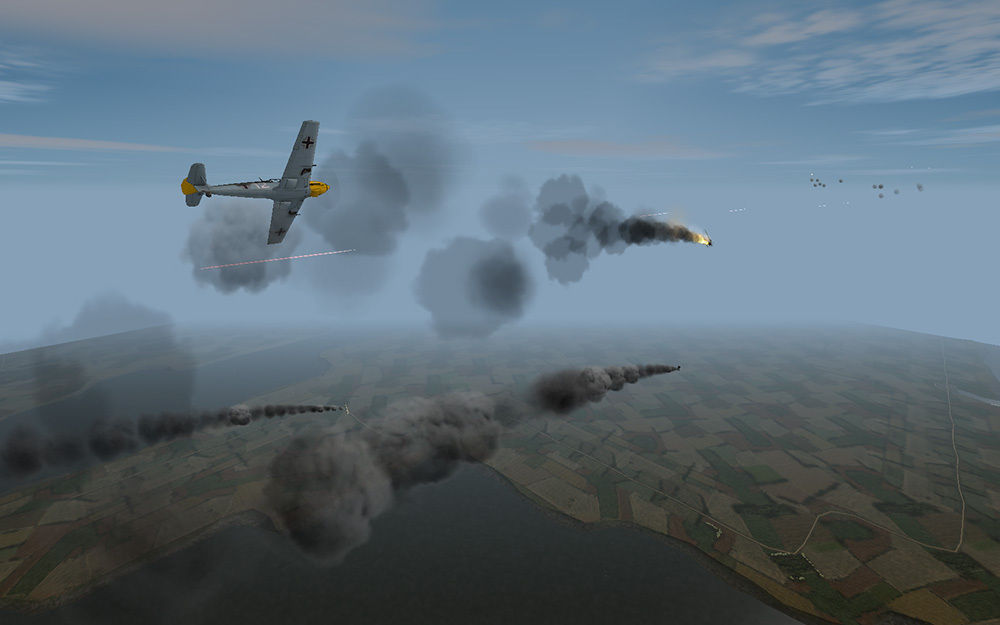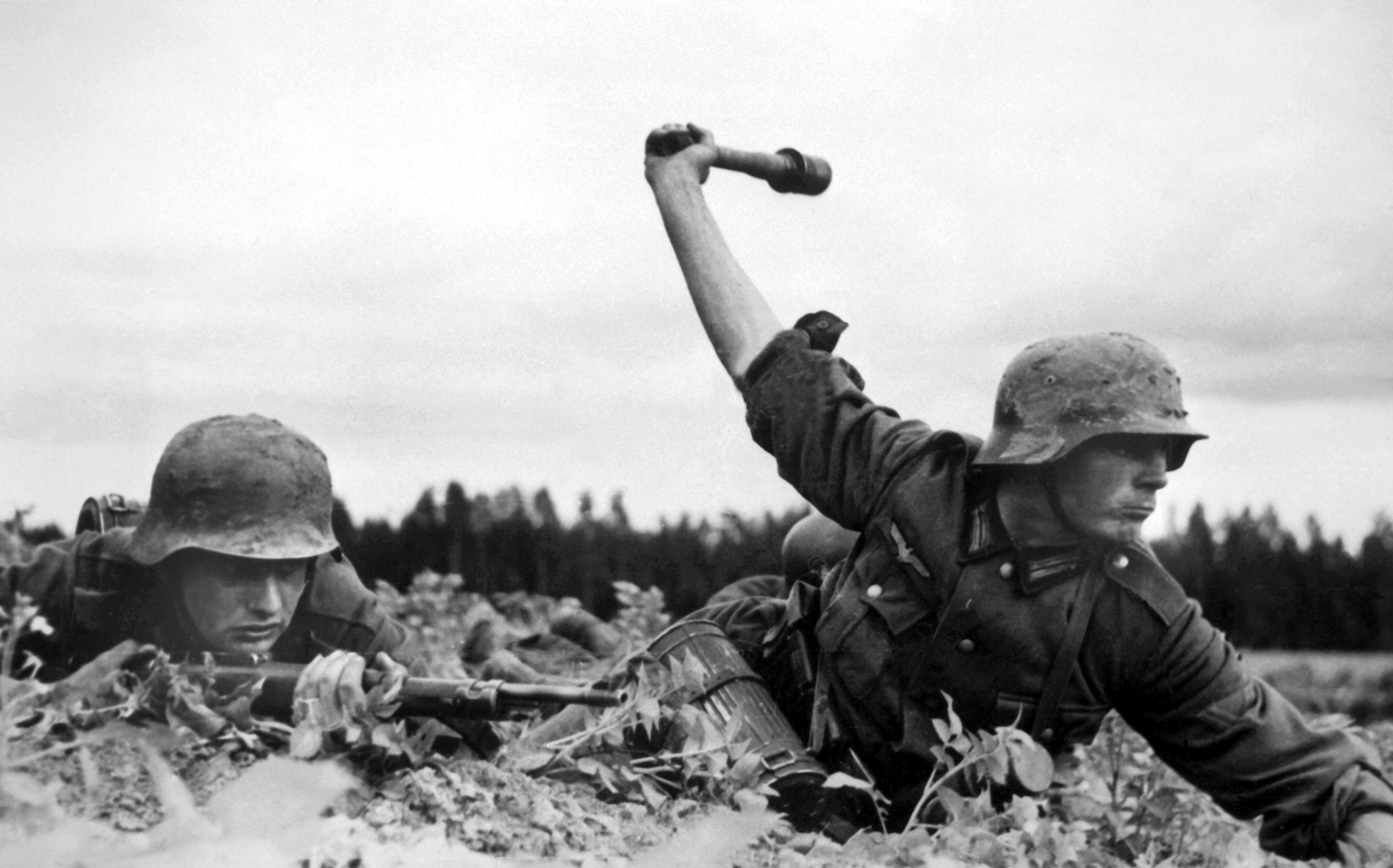

By 1935, only persons who were considered "unimprovable" political opponents to the Nazis remained in the six remaining concentration camps. The Nazi guards, on their part, organized in special SS-Totenkopf (death’s head) units, were subject to strongly authoritarian training, and took humiliations out on the inmates. Because camp rules were so rigorous and it was quite impossible for the inmates to avoid breaking them, they provided a form of legitimacy for a completely arbitrary regime of violence that made uncertainty, stress and fear of death a constant feature of the inmates' lives.

This delegation was used for inside surveillance and to administer a penal system by and for inmates. Dachau originated the Häftlingsselbstverwaltung, a Nazi-selected delegation of inmates who were set against the ordinary inmates by means of privileges that were small but often crucial to survival. Dachau, as a model camp, provided regulations that were developed by its camp commandant Theodor Eicke, who later served as the inspector for all camps. Dachau, near Munich, was the first camp to be constructed specifically as a concentration camp. The many improvised camps of this early period were replaced by a few permanent camps. The camp system was centralized and placed under the authority of the SS ( Schutzstaffel). Stage 2 1934-39: To clean the "folk body"Īfter Hitler had consolidated his power, it was decided to maintain the concentration camps as a tool of Nazi terror. The purpose of the camps was correctional because detainees of "Aryan blood" were to be "re-educated" by means of violence and hard discipline, slave labor and propaganda in order to make them give up earlier ideas and beliefs and merge into the conformist “Volksgemeinschaft” or "people's community," which the Nazis proclaimed.

Also, the police could overrule court decisions by transferring convicts to a concentration camp after they had served their prison term.ĭuring 1933-34 some 100 concentration camps existed throughout Germany, and more than 100,000 detainees went through them. According to a decree about "protective custody" ( Schutzhaft), any person who was suspected of being an enemy of the state could arbitrarily be detained by the police for an unlimited period without being tried in court. These camps were organized through local initiative by the SA storm troopers or German police. The first concentration camps in Germany were installed during the Nazi takeover of power in early 1933 for the purpose of repressing political, primarily left wing opponents of Nazism such as communists, social democrats and labor union activists. Stage 1 1933-34: To crush the political opposition


 0 kommentar(er)
0 kommentar(er)
